The Yen Tu-Vinh Nghiem-Con Son Kiep Bac complex has just been included in the list of World Heritage Sites, at the 47th Session of the World Heritage Committee (UNESCO), in Paris (France).
This is the second time Vietnam has added an inter-provincial world heritage site (previously, the Ha Long Bay-Cat Ba Archipelago World Heritage Site, formerly located in Quang Ninh and Hai Phong provinces). So what is the reason UNESCO honored this heritage site of Vietnam?
Why is the Yen Tu-Vinh Nghiem-Con Son Kiep Bac complex honored?
According to Professor Nikolay Nenov, President of the 47th Session of UNESCO, the newly recognized complex of Vietnam satisfies both criteria (iii) and (vi). Accordingly, criterion (iii) describes a work possessing a unique cultural tradition of global significance, shaping national identity; or representing an existing or extinct civilization.
Meanwhile, according to information from the official website of UNESCO, criterion (vi) requires that the monument must be directly or tangibly associated (such as ideas, beliefs, works of art and literature of outstanding universal significance), closely linked to current events or traditions. This is also the criterion that the Committee highly appreciated when reviewing the dossier of Yen Tu-Vinh Nghiem-Con Son Kiep Bac Complex.
The heritage has a total area of about 4,910 hectares (of which the core zone is 525.75 hectares, the buffer zone is 4,380.19 hectares), including a system of relics belonging to special national relics ranked by the Prime Minister .
Festival in Yen Tu. (Photo: VNA)
The complex includes Yen Tu relics and landscapes, Tran Dynasty relics in Dong Trieu, Vinh Nghiem Pagoda, Bo Da Pagoda, Con Son - Kiep Bac relics; An Phu-Kinh Chu-Nham Duong historical relics and landscapes; national relics ranked by the Ministry of Culture, Sports and Tourism (Thanh Mai Pagoda...) and relics, antiquities, national treasures, intangible cultural heritage, traditional festivals in the area... along with the landscape with the system of mountains and forests and the cultural space of Yen Tu-Vinh Nghiem-Con Son, Kiep Bac will be protected long-term, sustainably and promote their values in accordance with the provisions of the Law on Cultural Heritage and the 1972 UNESCO Convention on the Protection of the World Cultural and Natural Heritage.
The Complex of Monuments and Scenic Landscapes of Yen Tu-Vinh Nghiem-Con Son, Kiep Bac, with Truc Lam Buddhism as its core, was established by the Tran Dynasty kings, especially the role of Buddhist King Tran Nhan Tong in the 13th century. Originating from the sacred landscape of Yen Tu mountain, Truc Lam Buddhism has created many values, making special and sustainable contributions to the cultural and spiritual heritage of humanity.
Truc Lam Buddhism represents a philosophical system and spirit of tolerance and altruism of Buddhism, and is also a testament to the harmonious combination of Mahayana Buddhism with Confucian ethics, Taoist cosmology and indigenous Vietnamese beliefs.
The ideological and cultural values of Truc Lam Buddhism are completely consistent with UNESCO's basic goals in maintaining and enriching the common values of humanity: Education, building a culture of peace; spirit of autonomy, harmonious combination between humans and the natural world, respecting the laws of nature.
Through temples, hermitages, pilgrimage routes, stone steles, woodblocks and other carefully preserved relics distributed over a large area from Yen Tu to Vinh Nghiem and Con Son-Kiep Bac, the heritage fully reflects the stages of development of Truc Lam Buddhism. That process originated from the establishment and institutionalization to the revival and continued spread of creative and humanistic values.
Ho Thien Pagoda - Tran Dynasty Special National Relic Site. (Photo: VNA)
Vietnam's second inter-provincial world heritage
The relic and scenic complex of Yen Tu - Vinh Nghiem, Con Son, Kiep Bac is located in the territory of three provinces: Quang Ninh, Bac Ninh (formerly Bac Giang province) and Hai Phong (formerly Hai Duong province).
The center of the heritage is the Truc Lam Zen sect (a Buddhist sect founded by Emperor Tran Nhan Tong in the 13th century). The dossier was started in 2013 with the coordination between the local government and the International Council on Monuments and Sites (ICOMOS), which is also UNESCO's expert advisory body on World Heritage.
This is the 9th World Heritage in Vietnam recognized by UNESCO; the 2nd time Vietnam has an additional inter-provincial world heritage.
Deputy Minister of Culture, Sports and Tourism, Mr. Hoang Dao Cuong emphasized that to achieve this success, for many years now, the system of relics and intangible cultural heritages of localities has received special attention from the Ministry and provinces through many projects to preserve and restore relic works, prepare nomination dossiers, and register domestically and internationally, contributing to protecting the outstanding global value of the heritage site...
Ngoa Van Pagoda - Special National Relic Site of Tran Dynasty. (Photo: VNA)
The Deputy Minister also said that Vietnam will continue to carry out activities to protect and promote the value of World Heritage in a sustainable manner, implementing a model of good management of World Heritage in Vietnam.
That spirit was demonstrated by the fact that on November 23, 2024, the National Assembly of the Socialist Republic of Vietnam passed the 2024 Law on Cultural Heritage, along with documents guiding its implementation.
With a system of relic sites formed many centuries ago, and up to now always showing continuous development, playing the role of a religious, spiritual and cultural center, the relic and scenic complex of Yen Tu - Vinh Nghiem, Con Son, Kiep Bac is always a pilgrimage destination for millions of tourists every year./.
(Vietnam+)
Source: https://www.vietnamplus.vn/vi-sao-yen-tu-vinh-nghiem-con-son-kiep-bac-duoc-chon-vao-di-san-the-gioi-post1049381.vnp



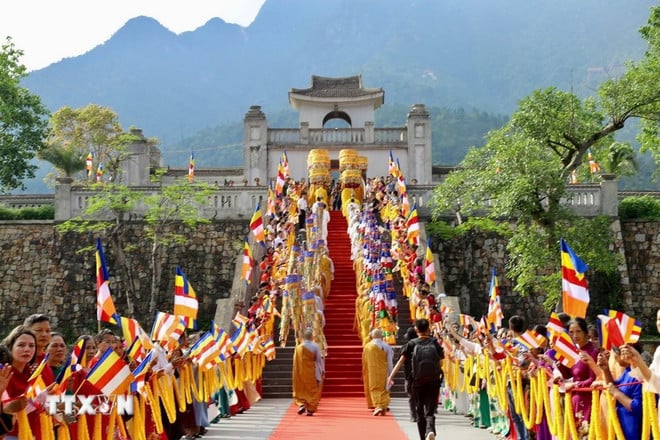
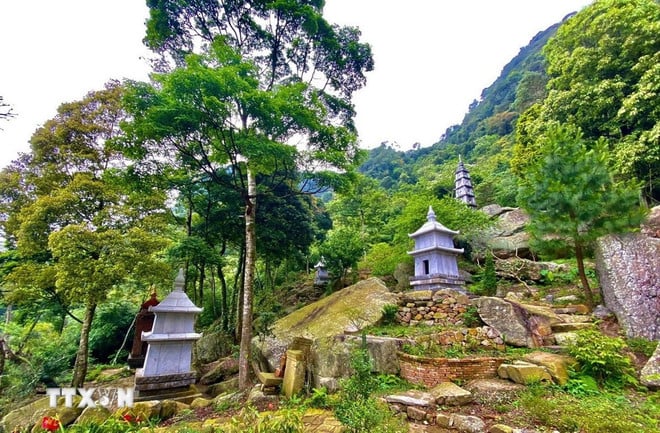
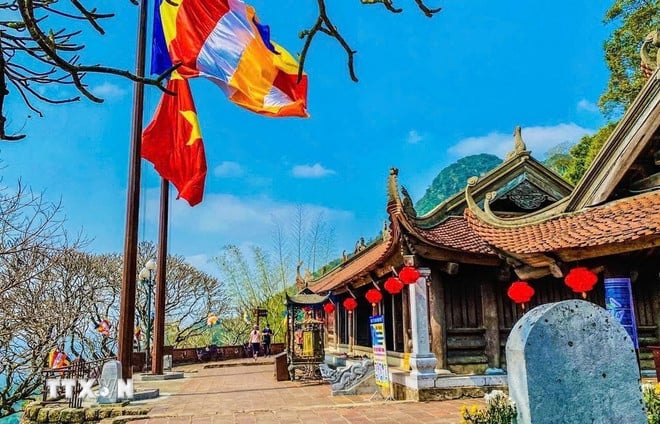
![[Photo] Prime Minister begins trip to attend SCO Summit 2025 in China](https://vphoto.vietnam.vn/thumb/1200x675/vietnam/resource/IMAGE/2025/8/31/054128fff4b94a42811f22b249388d4f)
![[Infographic] Traditional relations and special friendship between Vietnam and Cuba](https://vphoto.vietnam.vn/thumb/1200x675/vietnam/resource/IMAGE/2025/8/31/c4c2b14e48554227b4305c632fc740af)
![[Photo] First Secretary and President of Cuba begins State visit to Vietnam](https://vphoto.vietnam.vn/thumb/1200x675/vietnam/resource/IMAGE/2025/8/31/f169c1546ec74be7bf8ccf6801ee0c55)


![[Photo] Chairman of the National People's Congress of China Zhao Leji begins official visit to Vietnam](https://vphoto.vietnam.vn/thumb/1200x675/vietnam/resource/IMAGE/2025/8/31/fcfa5a4c54b245499a7992f9c6bf993a)
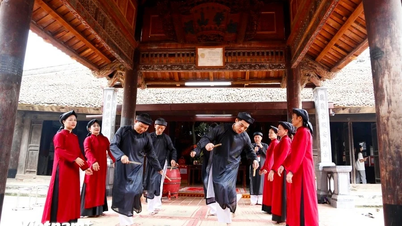


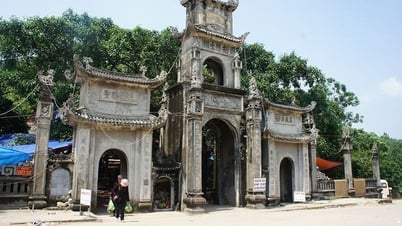



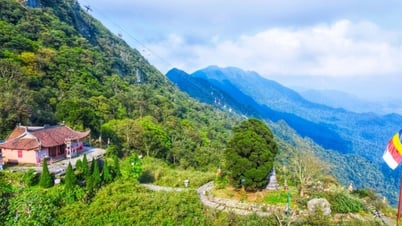


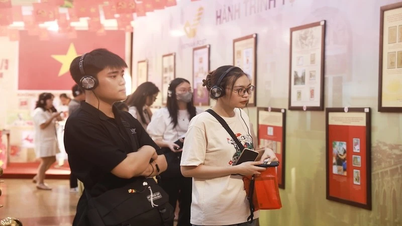

















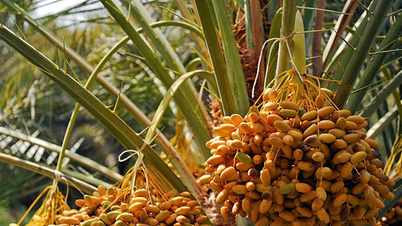


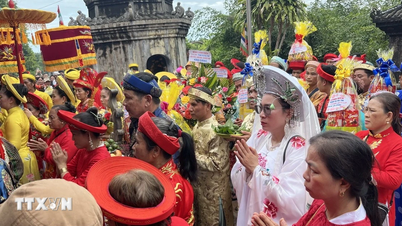
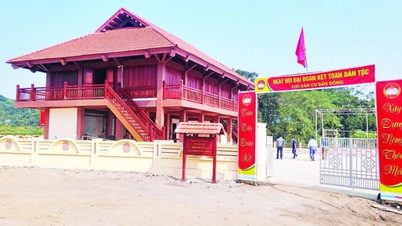
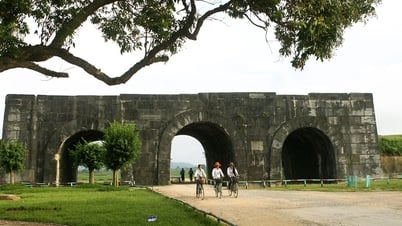

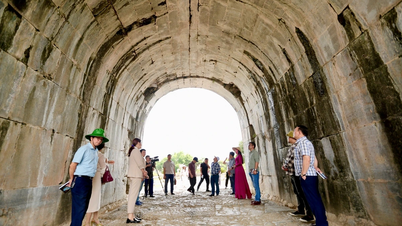




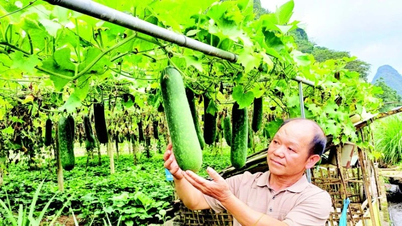
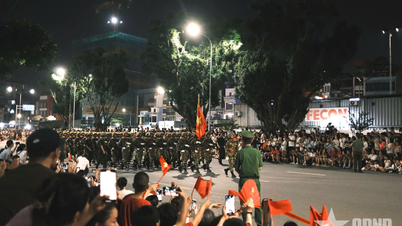

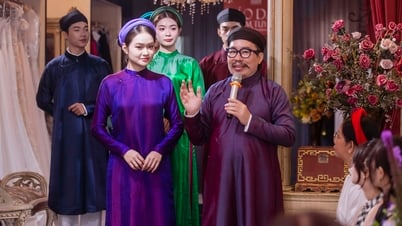



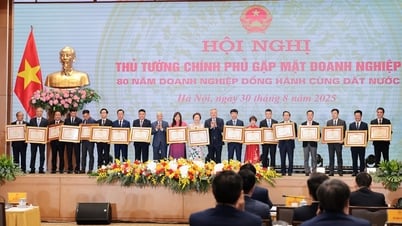
















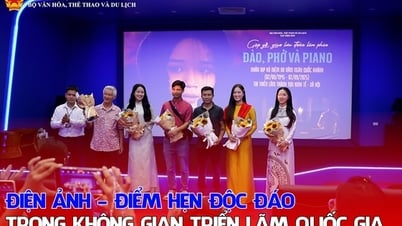



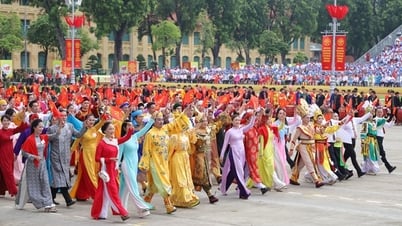
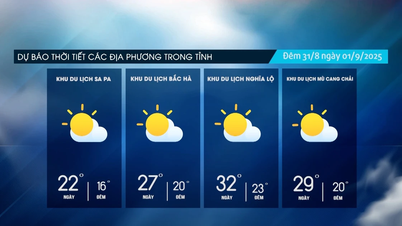

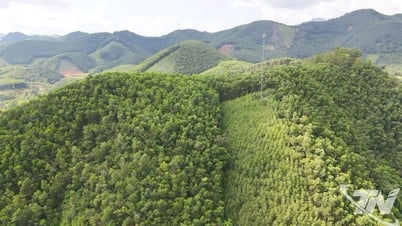




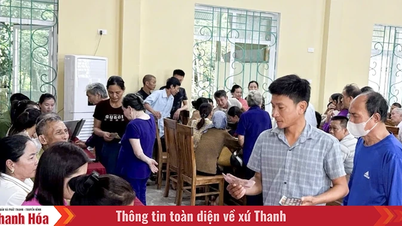

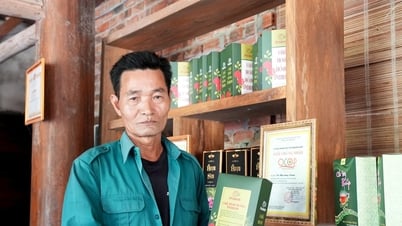

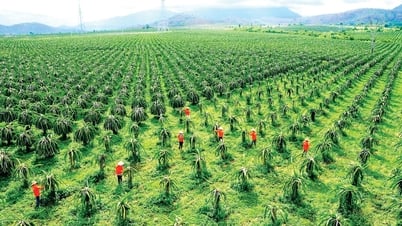






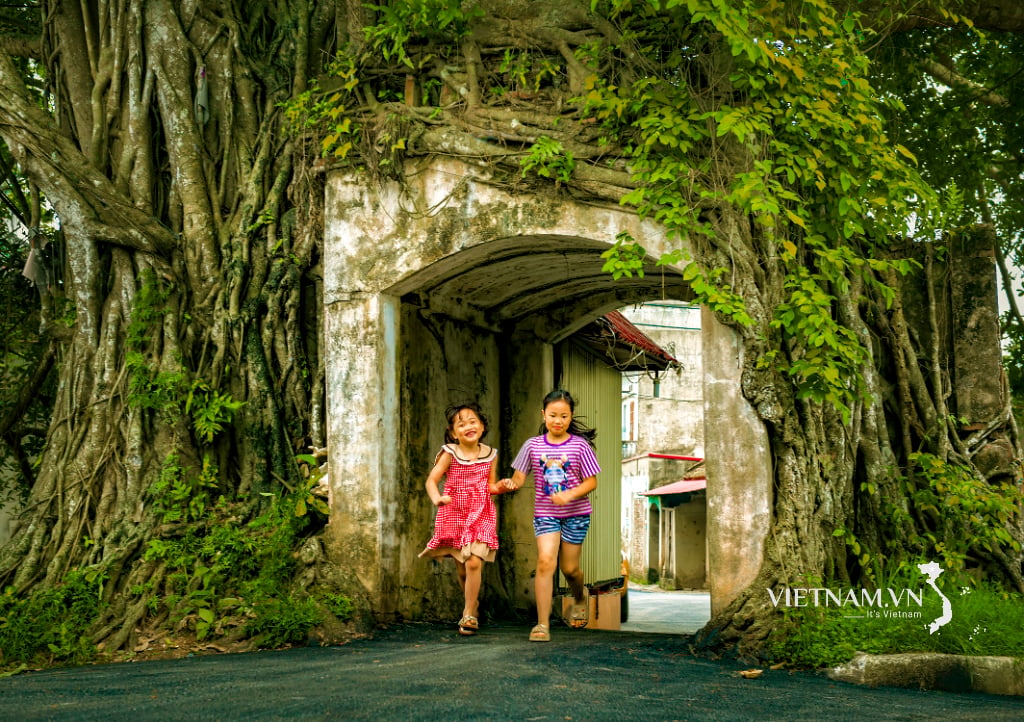


Comment (0)